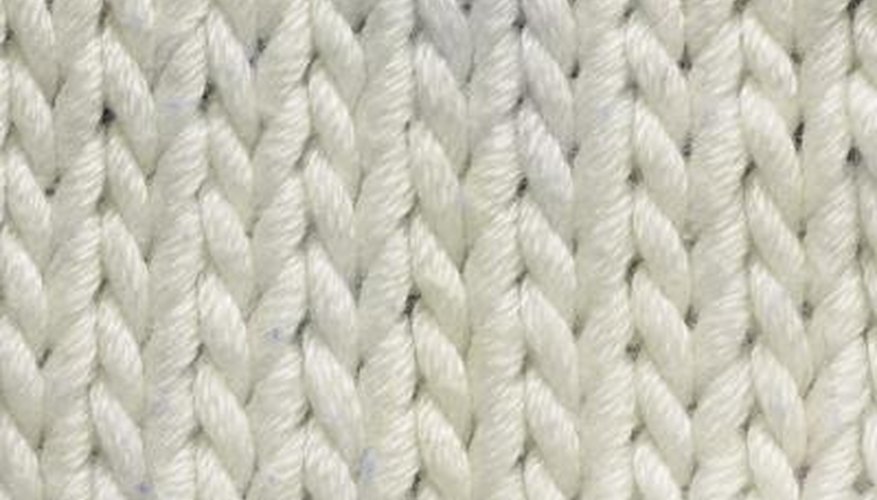Use the basic knitting skills you already have to knit up a worm, or an entire garden's worth of worms. Working in the round produces a tight, seamless spiral that is perfect for forming a worm, you won't have a single seam to sew. This project uses a knitting technique known as icord, which can be produced at any length and used for everything from earthworms to embellishments. You will need to know how to cast on, bind off and make a knit stitch -- a worm is smooth, so no purl stitches are required.
- Use the basic knitting skills you already have to knit up a worm, or an entire garden's worth of worms.
- You will need to know how to cast on, bind off and make a knit stitch -- a worm is smooth, so no purl stitches are required.
Cast on 5 stitches using your favourite cast on. Cast all stitches onto one needle.
Knit 5 stitches. Do not turn the needle, you will be bringing the yarn behind it and starting the next row without turning.
Slide your work to the right and knit 5 stitches. Continue knitting across then sliding the work to the right side of the needle until your worm measures 5 inches long.
Break the yarn and thread the yarn end through the tapestry needle. Pass the needle through all 5 live stitches. Pull the yarn to gather the end, then knot to secure. Weave in the loose threads at both ends of the worm.
TIP
Use brown yarn for a realistic worm, or self striping yarn for a fun, colourful version. Use twine or nylon cord to make cute worms for flower pots and gardens. Run a pipe cleaner through your worm before closing the ends to make a poseable version.
WARNING
Never turn your work, The right side of the knitting should always face you, and you should always bring your yarn around behind the needle. The yarn will naturally form a seamless tube if knit in this manner.
